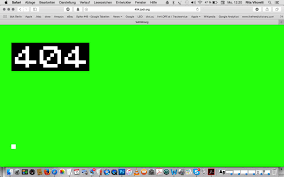Reading Blog #3: Web Work - A History of Internet
- Kobe KOEV4886
- Nov 29, 2021
- 1 min read
The term “Net.Art'' stands for “communications and graphics, email, texts and images, referring to and merging into one another'' (Greene, Pg.162). In the late 1990s the collaborative formation of various groups of “art oriented” (Greene, Pg.163) enthusiasts among the internet influenced the development of the term “net.artists' '. Within the first groups of net.artists there was a very common theme of politics addressed among the digital compositions. Following the development of “Net.art'' influenced the growth of “Name.Space, a project intent on expanding the limited set of URL components (.com, .net, .co.uk, .edu, .org)” (Greene, Pg.170) in a effort to prevent the monopolization of web addresses. By 1997 Net.Art grew to major popularity with pieces such as “DeskTop Is, Form Art, and Easylife '' grew to popularity. Within the influential Net.artists, the group VNS Matrix are regarded as the forerunners for female Net.artists. The group of Austrian women in VNS Matrix addressed feminism through pieces such as the “Cyberfeminist Manifesto '' (Greene, Pg.171). By the late 1990s the popularity of web pages began to fall “in 1998 as software, cultural terrism, radio, and the incipient institutionalization of net.art became hot areas of investigation” (Greene, Pg.190) in attempts to gain popularity, artists utilized “oppressive social or economic relations'' (Greene, Pg.190) as influences for their work. By 1999 net.artists were readily “empowered by their sense of pending popularity and relevance” (Greene, Pg.190) utilizing e-commerce cabilabilites to expand work forms.
Citation:
Greene, R. (n.d.). Web Work (A History of Internet Art). Visual culture, new media, & gender studies. Retrieved November 29, 2021, from http://cyberhouse.arted.psu.edu/visualculture/.












Comments